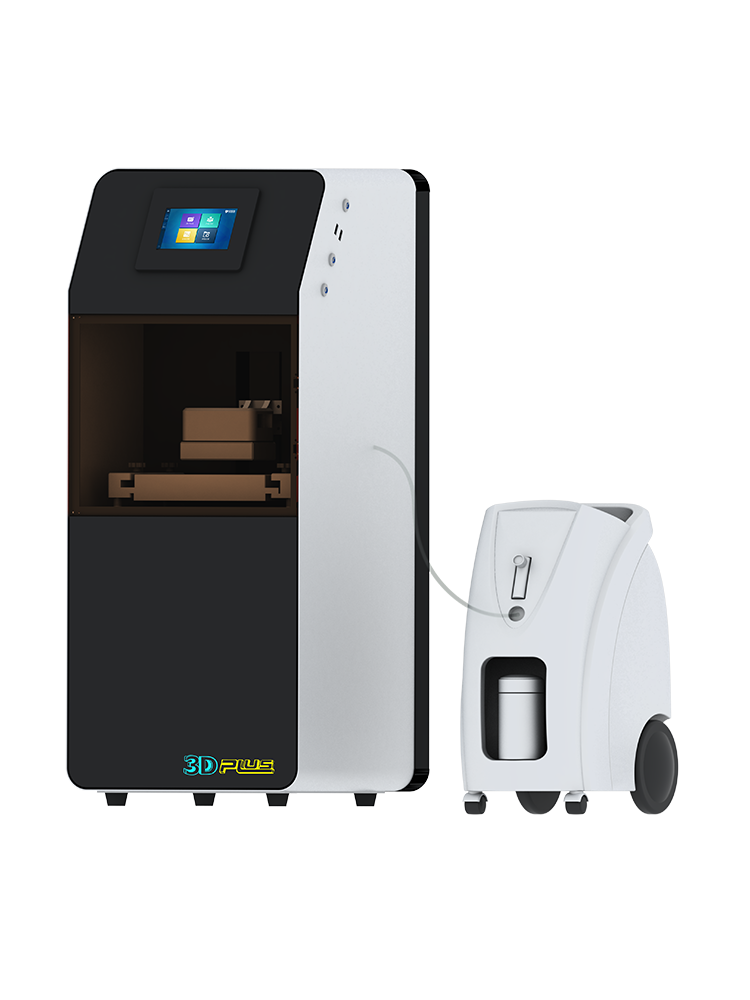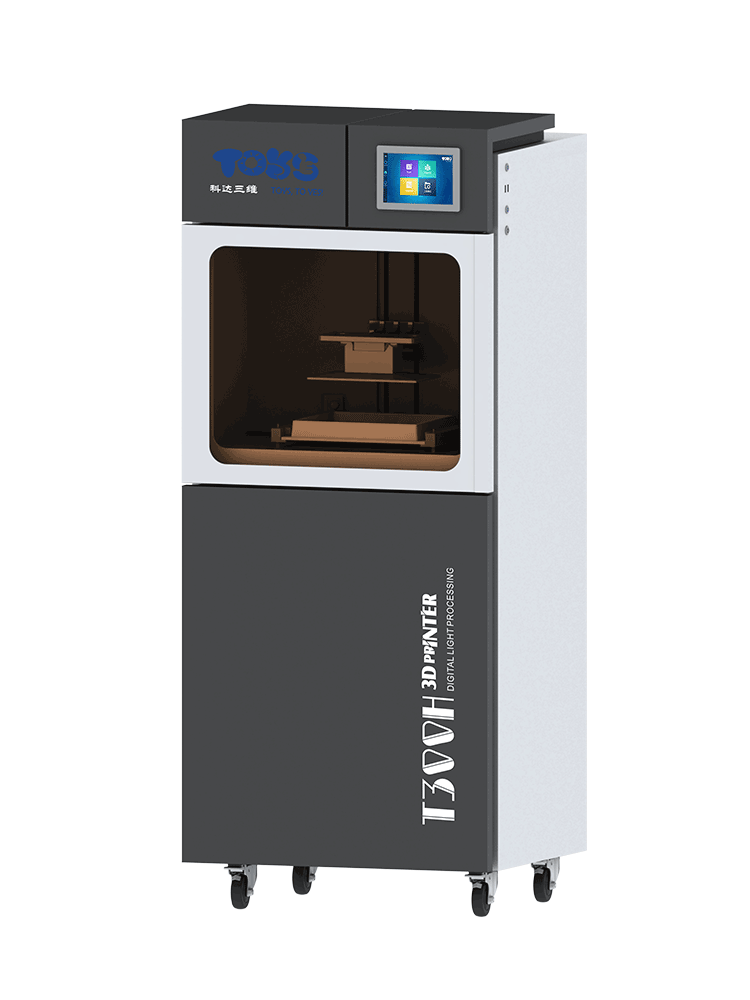NEWS EVENTS
Mastering the Art of Detailed Printing with UV Resin 3D Printer: A Comprehensive Guide
2025-05-12
Mastering the Art of Detailed Printing with UV Resin 3D Printer
Table of Contents
- Introduction to UV Resin 3D Printing
- Benefits of UV Resin 3D Printing
- How UV Resin 3D Printers Work
- Essential Tools and Materials for UV Resin Printing
- Preparing Your UV Resin Printer for Detailed Printing
- Calibrating Your UV Resin Printer
- Techniques for Achieving High Detail in Prints
- Post-Processing Your Prints
- Frequently Asked Questions
- Conclusion
Introduction to UV Resin 3D Printing
The emergence of **UV resin 3D printing** has transformed the landscape of additive manufacturing. This innovative technology allows creators to produce **highly detailed prints** with unmatched precision. By utilizing photopolymer resin that cures under UV light, users can achieve intricate designs that are often not possible with traditional filament printers.
Benefits of UV Resin 3D Printing
Understanding the advantages of UV resin printing is crucial for anyone looking to master this form of 3D printing.
Unmatched Detail and Resolution
One of the primary benefits is the ability to print at a **higher resolution**. UV resin printers can produce layers as thin as **25 microns**, allowing for incredible detail in even the most complex models.
Wide Range of Materials
UV resin printers offer versatility with a variety of resins available for different applications, including **flexible, rigid**, and **castable resins**. This variety allows users to select the perfect material for their specific project needs.
Fast Printing Speed
Compared to traditional 3D printing methods, UV resin printing can significantly reduce the time it takes to create detailed models, making it an efficient option for rapid prototyping and production.
How UV Resin 3D Printers Work
To effectively utilize a UV resin 3D printer, it is essential to understand its working mechanics.
The Printing Process
UV resin printers use a **light source**, typically an LED or LCD, to cure liquid resin layer by layer. The build platform descends into the resin tank, and as each layer is exposed to UV light, it solidifies. This process repeats until the print is complete.
Types of UV Resin Printers
There are primarily two types of UV resin printers: **SLA (Stereolithography)** and **DLP (Digital Light Processing)**. Each has its unique advantages and may be more suited for various applications based on speed and resolution requirements.
Essential Tools and Materials for UV Resin Printing
Before starting your UV resin printing journey, gathering the right tools and materials is crucial.
UV Resin
Choosing high-quality **photopolymer resins** tailored to your specific projects will ensure better results. Consider factors such as **color, viscosity**, and **cure speed**.
3D Printer and Accessories
Investing in a reliable UV resin printer and necessary accessories—such as **gloves, masks**, and **cleaning tools**—is essential for safety and optimal performance.
Post-Processing Equipment
Post-processing is a critical step in achieving the best results. Tools like **isopropyl alcohol**, **UV curing stations**, and **sandpaper** will help finish your prints beautifully.
Preparing Your UV Resin Printer for Detailed Printing
Setting up your printer correctly is vital for successful prints.
Printer Setup
Make sure to follow the manufacturer’s guidelines for **assembly**, ensuring that all components are correctly installed and calibrated.
Resin Tank Preparation
Properly prepare your resin tank by ensuring it is clean and free of impurities. A clean tank ensures better adhesion and reduces the risk of print failure.
Calibrating Your UV Resin Printer
Calibration is a crucial step in achieving high-quality prints.
Leveling the Build Platform
Ensure your build platform is perfectly leveled. This will reduce the risk of adhesion issues during the printing process.
Settings Adjustments
Adjust the settings on your printer for optimal results, including layer height, exposure time, and lift speed. Finding the right balance will enhance the detail in your prints.
Techniques for Achieving High Detail in Prints
To maximize the capabilities of your UV resin printer, consider these techniques:
Optimizing Model Designs
Design your models with **printability** in mind. Incorporate supports and ensure that there are no overhangs that could lead to print failures.
Utilizing Supports Effectively
Using supports is essential for maintaining the shape and detail of your prints. Ensure they are strategically placed to minimize cleanup after printing.
Experimenting with Layer Heights
Experiment with different layer heights to find the ideal setting for your specific resin and model. Thinner layers can enhance detail, while thicker layers can speed up the process.
Post-Processing Your Prints
Post-processing is where your prints truly come to life.
Cleaning Your Prints
After printing, gently clean your models using **isopropyl alcohol** to remove any uncured resin. This step is critical to achieving a professional finish.
Curing Your Prints
Utilize a UV curing station to fully cure your prints. This will enhance their strength and durability while ensuring an even finish.
Finishing Touches
Consider sanding, painting, or applying a clear coat for additional aesthetics. These final touches can elevate your prints significantly.
Frequently Asked Questions
1. What is UV resin printing?
UV resin printing is an additive manufacturing process that uses photopolymer resin cured by UV light to create detailed 3D models.
2. How does UV resin compare to FDM printing?
UV resin printing typically offers higher detail and smoother finishes compared to FDM (Fused Deposition Modeling) printing, which uses thermoplastic filaments.
3. Is UV resin safe to use?
While UV resin can be toxic before curing, it is safe to handle once fully cured. Always wear protective gear during printing.
4. How long does it take to print a model using a UV resin printer?
Print times vary based on model size and complexity, but UV resin printers are generally faster than FDM printers for detailed prints.
5. Can I use any resin in my UV printer?
No, it is essential to use resins specifically designed for your printer type (SLA or DLP) to ensure optimal results.
Conclusion
Mastering the art of detailed printing with a UV resin 3D printer opens up a world of creative possibilities. By understanding the technology, employing the right techniques, and investing in quality materials, we can achieve stunning results that showcase precision and artistry. Whether you are a hobbyist or a professional, embracing these practices will elevate your 3D printing projects to new heights. Embrace the journey of UV resin printing and let your creativity shine!
Keywords: uv resin lcd 3d printer


F2 Building 6A Jintong National Industrial Park No.8 Xihu Road Wujin District Changzhou City Jiangsu Province China
Follow Us
language
English
العربية
বাংলাদেশ
Български
Hrvatski
Česky
Dansk
Nederland
Esperanto
Slovenski
filipino
Suomi
Français
Maori
Georgian
Deutsch
Ελλάδα
ישראל
इंडिया
Magyarország
Ísland
Indonesia
Irlanda
Italia
日本語
Sovensko
Հայաստան
한국
Kyrgyz
ປະເທດລາວ
Latvian
Lithuanian
Luxembourgish
Macedonian
Малайская
Maltese
Монгол улс
ဗမာ
नेपाल
Norge
ایران
Polska
Portugal
România
Российская
Србија
Србија
Bosanski
Slovenian
Беларус
España
Sverige
Точик
ประเทศไทย
Türk
Azərbaycan
Uzbek
Việt Nam
Copyright © 2022 Jiangsu Totustec. All Rights Reserved. 苏ICP备17013684号-1 Powered by:www.300.cn SEO

Online Message

















 Message
Message  cn@totustec.com
cn@totustec.com +86 18112582262
+86 18112582262

